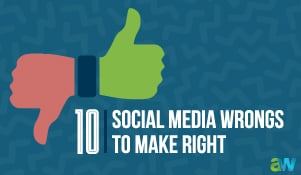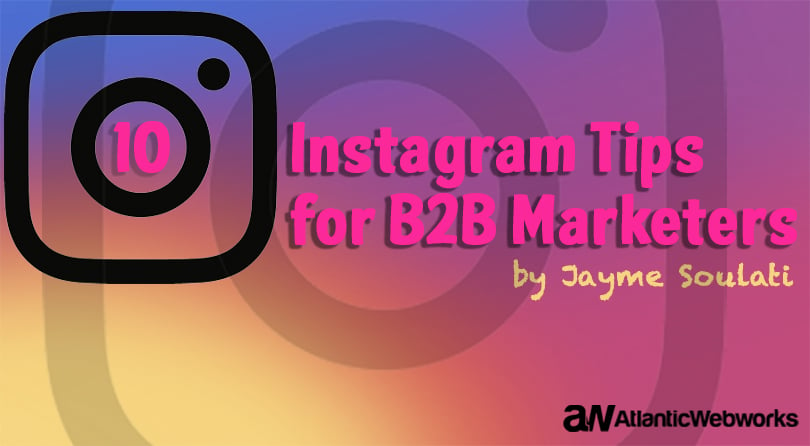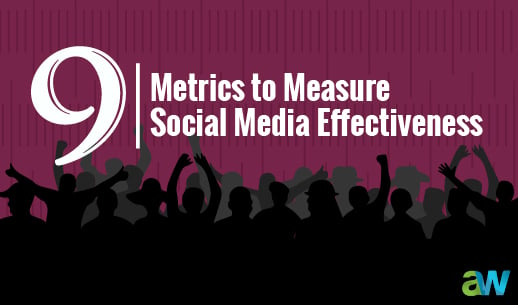This week is a big vacation week for a lot of people, so we thought it would be a good time to share some of our posts that you may have missed the first time! The topics are still very relevant, and we hope you enjoy them as much now as we did then!
I enjoy working with smaller businesses because they are in the unique position of being “this close” to becoming larger businesses. They understand the hard work that’s involved with making a  business successful, and most understand that they can’t do everything.
business successful, and most understand that they can’t do everything.
Realizing that they are not marketing experts and that they can outsource marketing for better results is how they ultimately become my clients. The relationship usually looks like this:
- Client A realizes he can no longer handle his own marketing, or he needs to take it to the next level.
- Client A cannot afford a full-time marketing person and doesn’t want to put such a big role on an intern or as an add-on to another person’s job list.
- Client A brings us in to evaluate his needs.
- Client A is very excited about the ideas and strategies that we come up with.
- Client A continues the excitement and momentum of working together.
At least initially. This is what I call the “honeymoon phase.”
At some point, one of two things almost always happens. The company either maintains their initial excitement and continues to provide us with up-to-date information on the happenings in their company—latest news, and industry-specific content, and their results continuously grow, OR their focus shifts to other business functions—they lose interest, stop communicating, and eventually, their perception of the need for the work we have been doing is diminished.
Eventually, if the company does not communicate and work with their outsourced marketing team, the company leader starts to believe that the outsourced services are a waste of time and money. In theory, the leader’s results—being great—would keep his interest. But the reality is that continuing great results is dependent upon having full buy-in from the client company along with continuing fresh and current information. So when communication slows or stops, our ability to keep bringing great results is diminished. Sadly, then, the leader’s waning interest is reinforced with diminishing results. Resentment at the expense will begin to build.
The good news is that this doesn’t have to be the case. If you are the client, how can you prevent this from happening?
It starts and ends with you—the company leader.
In order to have an effective relationship, it is CRITICAL that you communicate on a frequent basis. Return phone calls and emails. If we’re after you for news, events, and updates, it’s because we are doing the job that you hired us to do. Ideally, we should meet face-to-face once a month to evaluate where we are and determine any changes and tweaks in our plan that need to be made. (We are not mind readers, of course.) Since we are not on-site with you on a day-to-day basis, we cannot know what is going on unless you or some other assigned point of contact lets us know.
Feedback is the key to helping us continuously increase your results. Are you thrilled with one of our efforts? Let us know so we can continue to spotlight that area! And of course, if you are unhappy with the way something is going, let us know. Our success is dependent on working together as a team to achieve the goals we set together.
What other suggestions would you add to this—either as a marketer or a business leader?
This post originally appeared in 2012!









Leave a comment